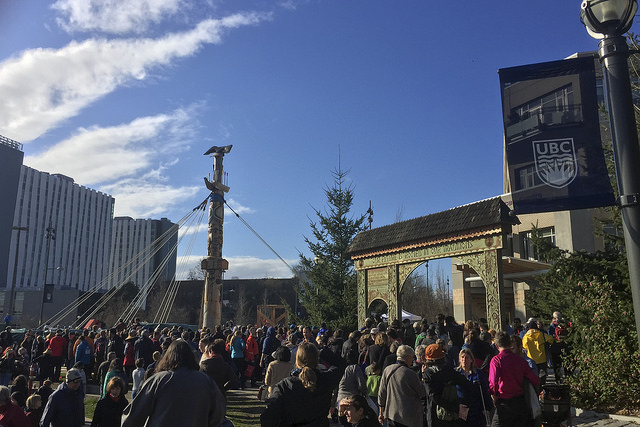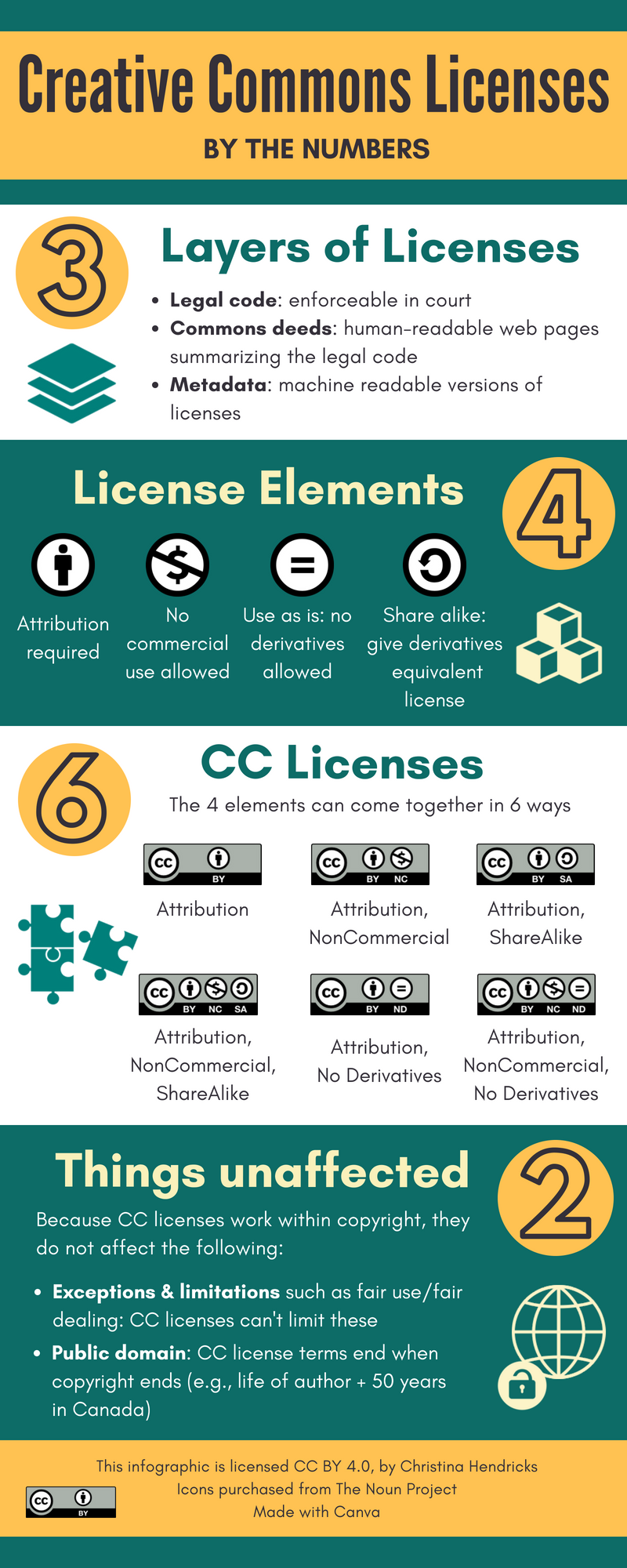Okay, so the title of this post may seem a little strange but bear with me. Yesterday I listened to a fantastic session by Dave Cormier for the DS106 Radio Summer Camp this week, called “A year of uncertainty – fighting the fight against the RAND corporation.” I wasn’t entirely sure what to expect, as I hadn’t managed to find the abstract/description of this session until after it was over (click on the session link on the schedule for the summer camp), but I knew Dave is amazing, so of course I had to listen! And it was very thought-provoking as I figured it would be.
Problem solving and uncertainty
One of the main points Dave was talking about was in how many aspects of our social, political, educational, and other lives are focused on problem-solving, on addressing well-defined problems that can have well-defined answers that we just need to work hard to find. This is not necessarily a problem in itself, Dave noted, as there do exist such problems and there can be very useful methods for working to address them. The issue is if we focus on that to ignore the less-easily-defined problems, the messier issues, the more uncertain situations where a single right answer is not going to be forthcoming no matter what kinds of problem-solving methodologies we throw at it.
Dave mentioned medical students coming out of their education into practice and, when confronted with complex, uncertain, grey areas where a medical solution isn’t immediately forthcoming they tended to focus on blaming themselves, as if it was their failure for not finding an answer where none was to be found. He also noted how, at least in English, it is common when someone asks a question like “what is your view of X,” or “is Y right or wrong,” you feel like you have to answer, even if you aren’t sure, or there isn’t a clear-cut answer. It’s just part of the accepted norms of speaking that you should have an answer.
Both of these resonated with me, and perhaps especially the second; I have sometimes been asked, in various contexts, to provide my view on something that is of a more uncertain nature, or to say if I think it’s right, or to say what I think the future will bring, and I do feel pressured to respond. But maybe because of my background in philosophy I’m actually pretty comfortable with saying that I am not sure, or I’d need to look into it more, because such situations really do require more thought, research, reflection before coming to a conclusion.
There is the danger of jumping in too quickly with an answer, but there is also a danger in spending too much time in the thinking and reflection and not moving past that towards making some kind of decision or other. And sometimes I get stuck in that latter step when faced with really complex issues–there is so much to consider and so much value in multiple perspectives that it can be hard to “land” somewhere, as it were. It’s tempting to remain up in the air while not being sure of which alternatives are best (because there are no easy answers).
Landing on values and pulling from there
I really appreciated where Dave landed in his presentation: rather than only feeling stuck, suspended, we can consult our values and make a move based on those, we can tug the rope in a tug of war in the direction of our values and work to move things from there. The focus on values is key here: ask yourself what are your values as they relate to this situation, and make decisions and act based on those, knowing that’s enough in uncertain situations. Which doesn’t mean, of course, that you can’t revisit your values and how they apply to the situation if either of those things changes, but that it’s a landing place and it’s solid enough for the moment. He talked about how we can have conversations with students and others about why we would do something in a particular situation, rather than what the right answer is, focusing on the values that are moving us.
To do so requires that we are clear about what our values are, which is in some cases more easily said than done. This is something near and dear to my heart as a philosopher, as trying to distill what is underlying our views and our decisions, what kinds of reasons and values, is part of our bread and butter. But when I reflect on how I’ve taught over the years, I’m not sure I’ve focused as much as I could have on helping students be clear about their values, instead focusing on the “content” of course quite a bit. The latter has been in the service of helping students understand that when we make ethical choices there are (or should be) reasons behind those, and some options as to what kinds of reasons those could be. I, like many other philosophers, have then also asked students to provide their own arguments related to various ethical and other philosophical questions, which does at times mean providing reasons based on values. But how much have I really spent time supporting students to define and articulate their own values in addition to applying them through writing arguments? I’m not sure, and this session was really generative for me in thinking about that (as well as being generative in multiple other ways!).
A couple of years ago I wrote a blog post as part of MYFest 2022, talking about how I had a hard time imagining a more just future for education just because I kept focusing on all of the structural complexities involved in educational systems and how changing one thing would require changing many more interconnected aspects and … it all felt pretty overwhelming. The metaphor I used was of rocks and boulders, which came to me as I was passing multiple rock formations on a walk. Some piles rocks are fairly easy to move; others are locked into network like shapes where to move one would require moving all the others, and they are after all very heavy. If I think in these terms then of course it’s hard to imagine change. Things are literally set in stone!
But what if we thought about complex issues and structures more like flexible webs? (Which is an image that reminds me of other of Dave Cormier’s work such as that on rhizomatic learning.) So that if you tug on one part it can still move and the other parts will move as well (or break I suppose, which in some cases may not be a bad thing).
This feels more hopeful to me–it still respects the interconnectedness of structures but also notes there can be some movement, some wiggle room. Perhaps the spider web is too flexible to respect the challenges of moving some of the more entrenched structures, though. Even though spider silk is incredibly strong, it seems a bit too easy to just sweep away with the swoosh of one’s hand.
How about a net:
This feels stronger, and like a spider web, meant to catch and hold things tight, but which can still be moved, shaped, morphed, or even broken. I like the image above because a piece of the net is fraying, noting its fragility amidst the otherwise tight knots.
A line that Dave ended on will stick with me: “Ask yourself what you care about, and then do what you can.” That feels empowering.
Applying to AI
One of the things that feels uncertain to me in this moment is where things are going with AI, what the future holds, and what the best approaches are to using AI (or not!) in education. How might those of us who are educators address the question of whether and/or how to adopt AI in our courses, in our teaching practices, to encourage our students to use it, etc.? Of course, all of this is going to differ according to context, discipline, teaching and learning goals, and more. But I think Dave’s session provides a fruitful way to approach this question. This is a complicated and uncertain situation but what we can do is consult our values: what do we value, what do we care about, what do we want to promote and avoid?
This may seem fairly elementary in a way–might we already frequently act from our values? Maybe, but there are also times when I know I have done things in teaching because they just seemed like the usual thing to do, what I had experienced, that they just seemed right and “normal,” but when I took a step back to think about my values and what I care about then things changed. For example, I used to get upset when people would leave during the middle of class, until I reflected on how I care about supporting students to learn in the ways that are helpful for them, coupled with learning about how some students need to move around, or to take breaks from stimulation, or need to leave for other reasons. It’s still not easy, especially in small courses, but I’m focusing less on how I feel in that situation and more on how being able to take a break may be helpful for some students more than sitting in one place for 50-80 minutes.
It’s perhaps that previous point about taking some time to reflect on one’s values, what is important, what one cares about, and then applying to one’s teaching practice. At one point last year I took the time to write out my values in terms of leadership, and that was immensely helpful in focusing my attention on areas I wanted to work on. I may have acted from some of those automatically, but bringing them to the surface helped me not only see what was grounding some of my actions but also where I professed values but that my actions could do a better job of supporting.
Now, this process isn’t going to lead to easy answers (there are none for the kinds of issues Dave was talking about), and our values may lead to conflicting viewpoints. For example, I care about allowing students to use technology that will support their learning, and I think that generative AI may be helpful for student learning in some cases–I’ve been looking into how it can support students with various disabilities, for example, and should blog about that later. Then there is the value of equity and how not all students have equal access to generative AI tools, so some may get supports that others don’t. But digging into what one values can help clarify why to go one direction or another, putting one on more solid footing while starting to tug, even if one isn’t entirely sure that is the best direction. It is the best one for this moment while recognizing the complexity that makes it a difficult, but at least grounded, choice.
And if we go with the net metaphor, then tugging in one place can pull other threads, moving things in a local area to start, and maybe in larger areas over time. Particularly if more people are tugging in similar directions (organized action, e.g.). One person can make a difference, but it is more likely that many, working together, can make a larger difference. And we may fray that net to the point of finding ways to morph or break some of the confining structures we find ourselves in.
All of this is also bringing to mind the idea of “entangled pedagogy” from Tim Fawns, which I wrote a blog post about in 2022. Rather than reviewing that blog post, I’ll just say that he has an aspirational view of the relationship between technology and pedagogy in which we focus on purposes, values, and contexts in an entangled relationship with technology and pedagogy. Rather than trying to emphasize pedagogy over technology or vice versa, or even how they are connected to each other, we focus instead on the purposes and the values we have in teaching and learning, and the specificity of our contexts, and how those can shape our choices in both pedagogy and technology (and how they intertwine).
In a quote that resonates with some of what Dave said and what I’ve written here, Tim notes:
Attending to values, purposes and context can help us identify problematic assumptions, such as those embedded in simple solutions to complex problems, reductive characterisations of students (e.g. as ‘digital natives’, see Oliver 2011), or assertions that teachers should conform to modern digital culture and practices (Clegg 2011).
Conclusion
I really appreciated the opportunity to participate in this session with Dave. There was a lot more than what I’ve been able to talk about above, so I highly suggest you listen to the recording when it’s posted on the DS106 Radio Summer Camp recordings page (and check out other fantastic sessions while you’re at it of course!). Big thank you to Dave for a thought-provoking session!







